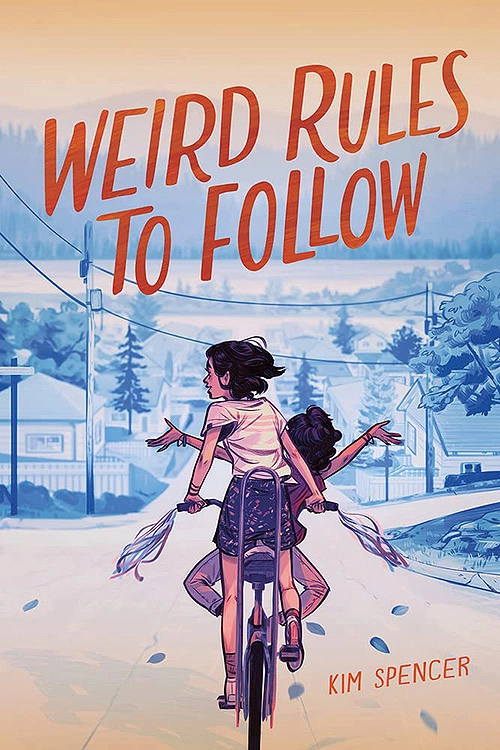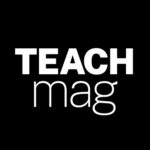By Alanna King, Andrea LaPointe, and Melanie Mulcaster
Download PDF
Theme: Diversity
Sub-Theme: Intersectionality
Grade Levels: Elementary (K–3) | Middle School (4–8) | High School (9–12)
Learning Focus
Intersectionality is a conceptual understanding that various aspects of a person’s identity create internal and external tensions, resulting in positions of advantage or disadvantage.
Identity: As I learn about others and the intersectionalities we possess, how might I also learn more about myself? Where might my intersectionalities lie?
Skills: How might I describe or explain intersectionality as it relates to myself or those around me?
Intellectualism: How can reading about the stories of others and their intersectionalities help us develop empathy and understanding of other people in our learning communities?
Criticality: How might asking questions about identity and intersectionality connect us to others? How might this learning be applied in our everyday interactions?
Joy: How might we continue to celebrate our intersections and what makes us unique?
Note that these learning goals follow Gholdy Muhammad’s equity framework for learning: Historically Responsive Literacy Framework. Using this framework, goals are set to ensure that students are making deep connections and being introspective at the same time.
Elementary Level
By Andrea LaPointe
Featured Book
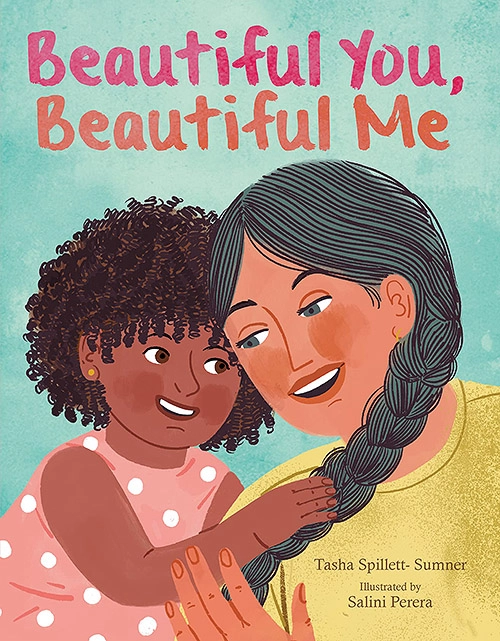
Beautiful You, Beautiful Me
By Tasha Spillett-Sumner
Illustrated by Salini Perera
(Owlkids, 2022)
Minds On Provocation
Source an image that relates to an area of study already being explored in class. For example, if studying basic needs of plants and animals in science, select an image of a plant or animal that is familiar to the students.
Alternatively, use this image or an image of your school playground:
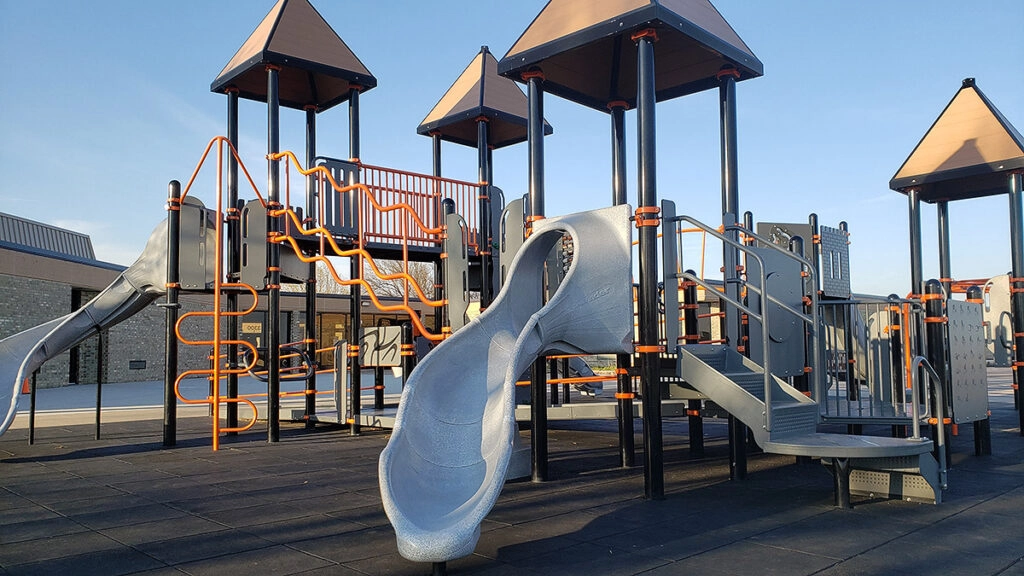
Lead a discussion to help students understand that all the different parts make something what it is. “What makes this _______ a _______?” (For example, “What makes this playground a playground?”)
Using student responses, ask: “Would it still be a playground without a _______ or a _______?” (For example, “Would it still be a playground without a slide or a ladder?”) If the answer is yes, continue removing parts until the class responds that it would no longer be what it is. “Would it still be a _______ without a _______ or a _______ or a _______ or an _______?” (For example, “Would it still be a playground without a slide or a ladder or a railing or a rubber floor underneath?”)
Next ask, “What other things are made up of parts?” If students do not say people or themselves, ask if they think it is true of people. “Do we have different parts?” and “Do our parts make us who we are?”
Read, Plan, and Practice
Read Beautiful You, Beautiful Me by Tasha Spillett-Sumner.
Begin a dialogue with students by asking: “Who in your life may be similar to you?” and “How may you be different?” Then follow up with the questions: “How do you feel about your similarities?” and “How do you feel about your differences?”
Have students respond by making a facial expression to show how they would feel, or have them give a thumbs up, thumbs down, or thumbs sideways. Comment on the various responses.
Share with your students that each person is made up of different parts. Some of those parts we can see on the outside and some of those parts are on the inside. Say to them: “I want to learn more about you and what makes you wonderfully different!”
Make, Tinker, and Modify
Invite students to represent the parts of themselves that can be seen in one of these ways:
1. Outdoors using found items that can be respectfully moved and replaced once complete.
2. Indoors using a loose parts collection.
3. Digitally using a Google Slides deck. This deck, courtesy of Christine Monson, offers a good example.
Reflect and Connect
Make a video recording of each student talking about their found items, loose parts, and digital representation of the parts we can see. In their narration, ask if they are willing to share details about the parts we can’t see (i.e. languages spoken, food their family eats, religious beliefs, etc.).
Over time, share 3–4 of the videos each day with the class. After each video session, have students celebrate the ways their peers are wonderfully different.
Once all the videos have been viewed, connect the celebration of each student’s intersectionality to how parts of people can sometimes lead to oppression (consider teaching this through the language advantage and disadvantage).
Read Beautiful You, Beautiful Me a second time. Say, “In the book, Izzy’s mom makes her feel great about her differences!” Then ask, “Has someone ever made you feel bad about one of the wonderful parts of yourself?” Knowing your students, their individual and collective capacity for discussing possibly traumatic topics, craft a discussion to help them understand how parts of who we are can be used to put us down, but it is everyone’s job to build up all the wonderful parts of everyone. Give students specific strategies for dealing with situations where they are made to feel bad about parts of themselves.
Additional Canadian Books to Support This Sub-Theme
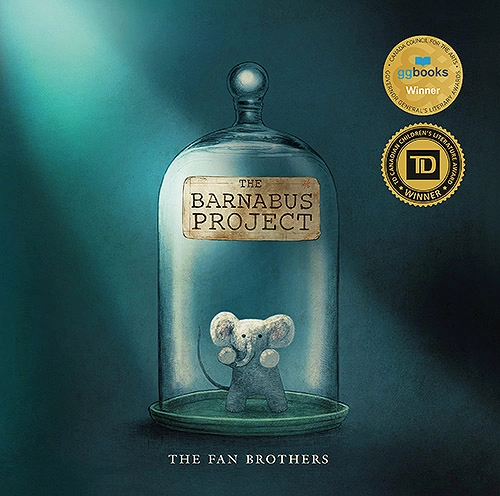
The Barnabus Project
By Terry Fan, Eric Fan, and Devin Fan
(Tundra Books, 2020)
*Also available in FR: Le projet Barnabé par Terry Fan, Eric Fan, et Devin Fan (Éditions Scholastic, 2020)
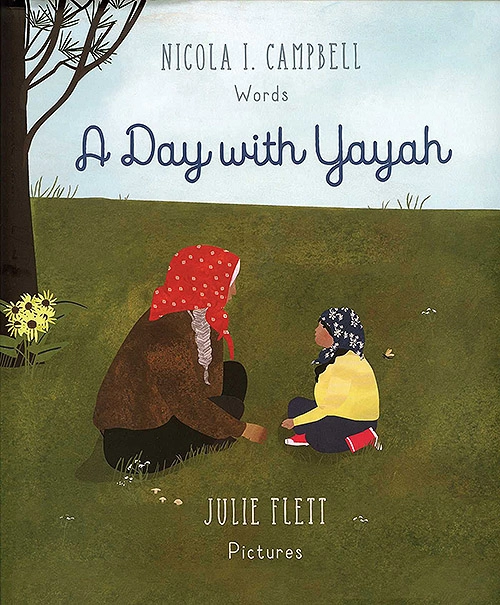
A Day with Yayah
By Nicola I. Campbell
Illustrated by Julie Flett
(Tradewind Books, 2017)
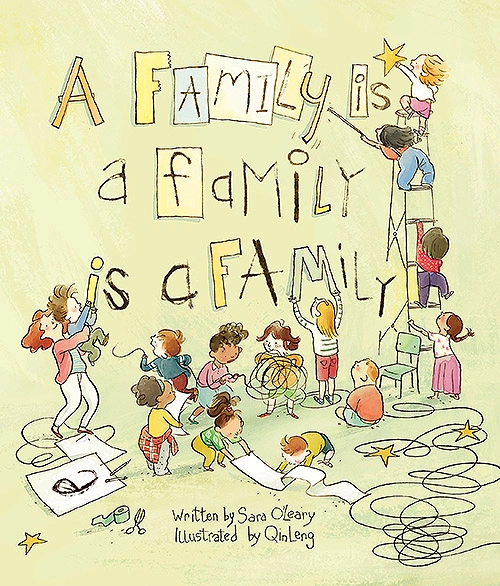
A Family Is a Family Is a Family
By Sara O’Leary
Illustrated by Qin Leng
(Groundwood Books, 2016)
*Also available in FR: Une famille… c’est une famille par Sara O’Leary, illustré par Qin Leng (Éditions Scholastic, 2018)
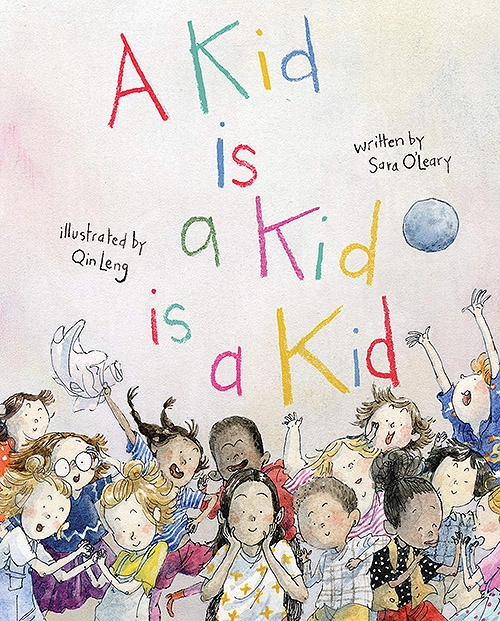
A Kid Is a Kid Is a Kid
By Sara O’Leary
Illustrated by Qin Leng
(Groundwood Books, 2021)
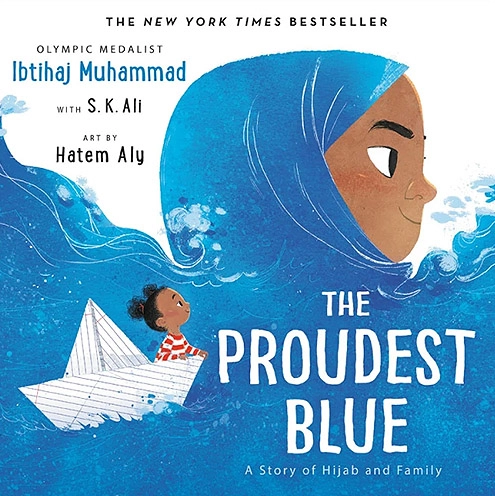
Middle School Level
By Melanie Mulcaster
Featured Books
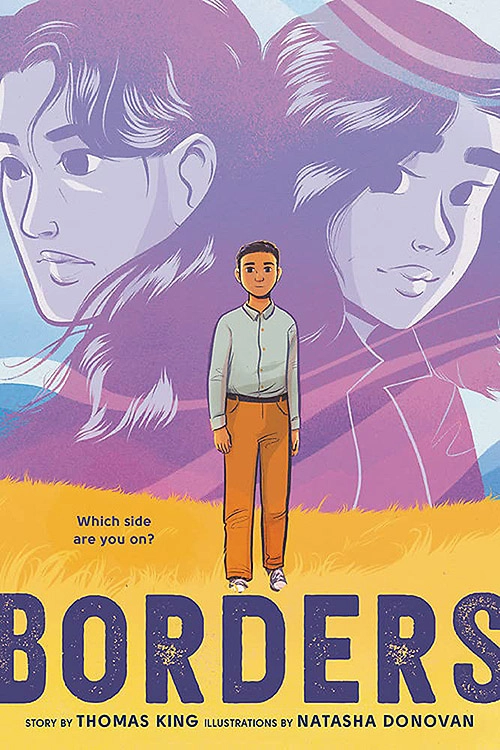
Borders
By Thomas King
Illustrated by Natasha Donovan
(Little, Brown Books for Young Readers, 2021)
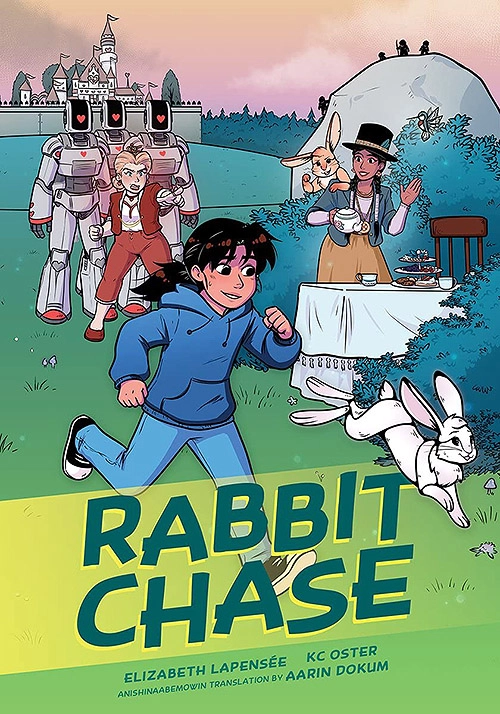
Rabbit Chase
By Elizabeth LaPensée
Illustrated by KC Oster
(Annick Press, 2022)
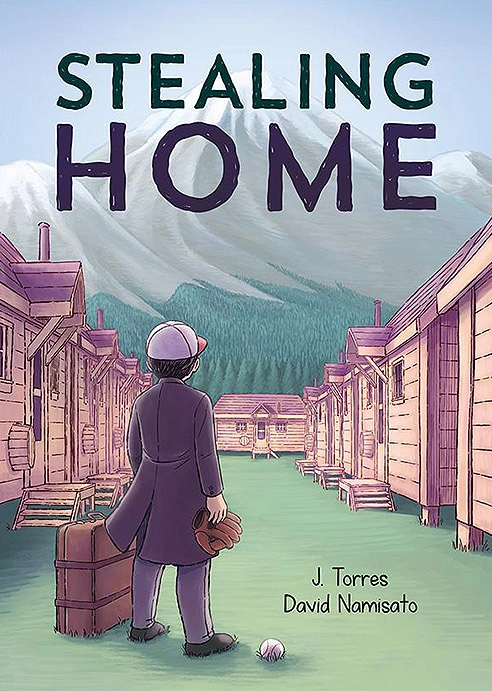
Stealing Home
By J. Torres
Illustrated by David Namisato
(Kids Can Press, 2021)
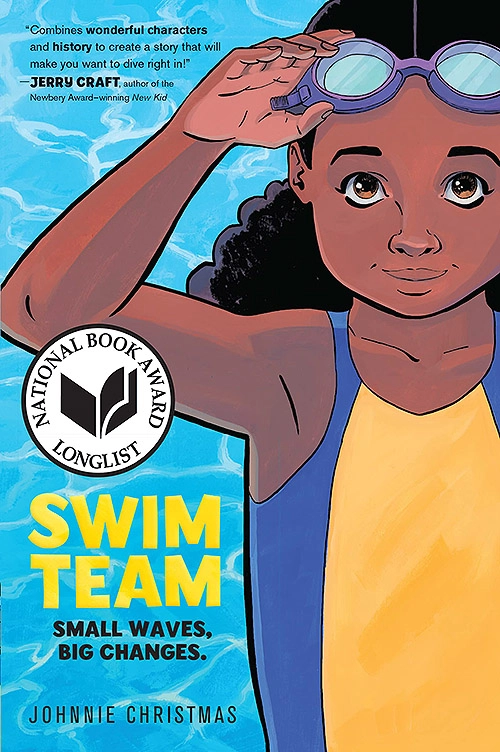
Swim Team
By Johnnie Christmas
(HarperAlley, 2022)
Minds On Provocation
Show students the images below and pose the following: What commonalities do you notice in the images shown and how might you describe them using only one word?


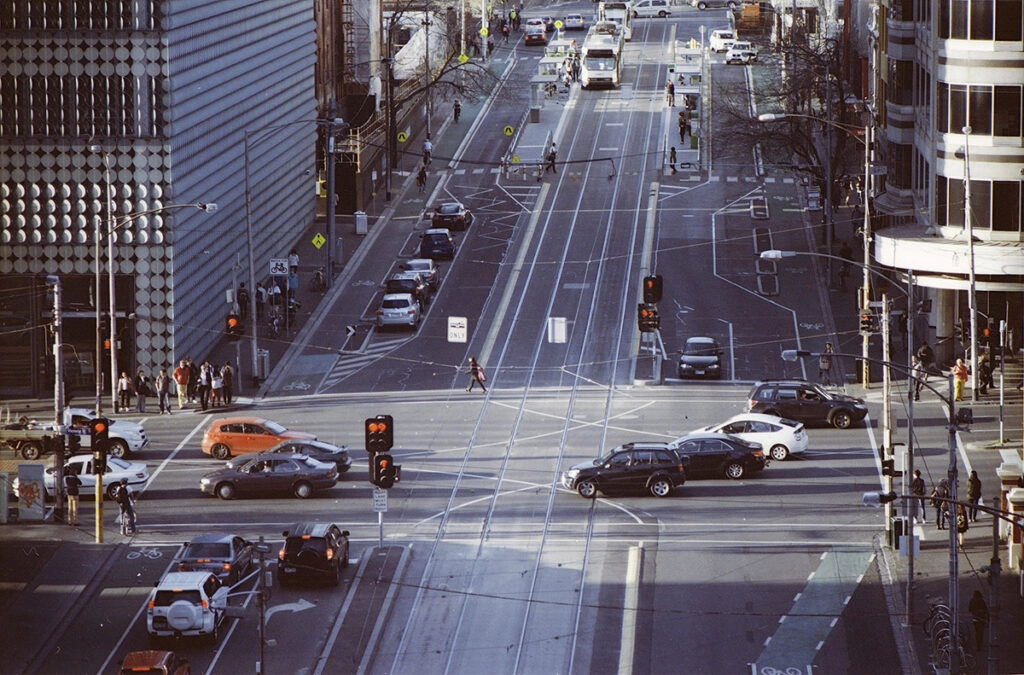
The educator may gather student responses using a variety of digital or non-digital methods (i.e. digital word cloud, curate sticky notes on the board, etc.). As a group, review and discuss the responses given.
Responses might include words like “crossroad” or “intersection.” For the purposes of this learning activity, we are going to focus on the word “intersection.”
Place students into groups of 4–5 and hand each group a copy of a modified placemat, where they will write “Intersection” in the middle.
Have each student choose a spot on the placemat to record their individual thinking, and ask, “How would you define the word ‘intersection’ to someone who might not know what it means?” Students may use words and/or pictures to record their individual thinking on the placement.
After an allocated amount of time, have students share their responses with each other and come up with a group definition. These group definitions can in turn be shared with the class.
Read, Plan, and Practice
Part One:
Share the poem “What Is an Intersection?” by Mahogany L. Browne and Olivia Gatwood, from the poetry collection Woke: A Young Poet’s Call to Justice.
After the poem has been shared once, listen to it again, but this time give students a copy of the poem for reference. This time, encourage students to highlight key words or sentences that connected with them, and/or sketchnote their thinking. Listen to the reading once more for consolidation.
Share a copy of the 4-3-2-1 thinking document, in electronic or paper form. Students may complete this summary of their thinking either in groups, pairs, or individually depending on the support they require.
To consolidate learning, share the video Intersectionality 101 with learners. Ask learners to revisit their summaries if they need to change/modify their thinking.
Students may share their thinking with the class, posting completed summaries for viewing.
Part Two:
Introduce the featured books through a book tasting event, allowing students voice and choice in the selection of their novel study.
In each of these texts, characters possess intersectionalities of their identity. Provide each student with a number of sticky notes. As they read the texts over a set period of time, students will place sticky notes where they think character intersectionalities are shown.
Check in with learners regularly to discuss where they have placed stickies and why. What do they notice is happening where identities intersect? What do they wonder?
Make, Tinker, and Modify
Learners will create a Book Bento to represent the intersectional identities of the main character in the text they read. Students will use images from the text to represent the various intersections of the person’s identity, through a virtual tool of their choice. Students may hyperlink items with observations (e.g. video, text, voice recording) they made about characters’ intersectional identities.
Reflect and Connect
“How does learning about the intersectionality of others help build empathy and mutual understanding? How might we apply this learning to our everyday interactions?” Students could create a journal reflection either by recording their thinking orally or by writing a journal entry.
“What intersectionalities might you possess? How do your intersectionalities contribute to your identity?” Students may choose to further analyze identities using a Social Identity Wheel.
Additional Canadian Books to Support This Sub-Theme
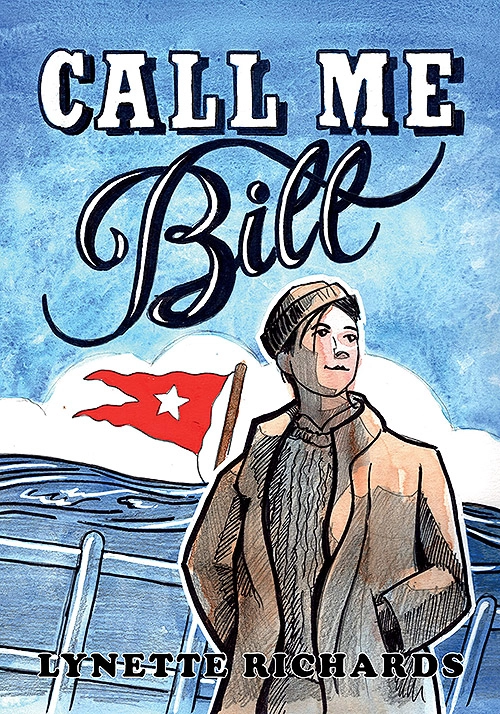
Call Me Bill
By Lynette Richards
(Conundrum Press, 2022)
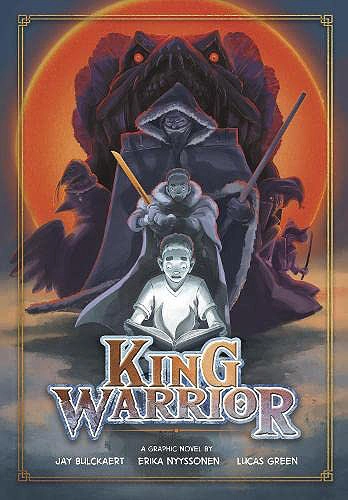
King Warrior
By Jay Bulckaert and Erika Nyyssonen
Illustrated by Lucas Green
(Renegade Arts Entertainment, 2022)
High School Level
By Alanna King
Featured Books (Literature Circle Texts)
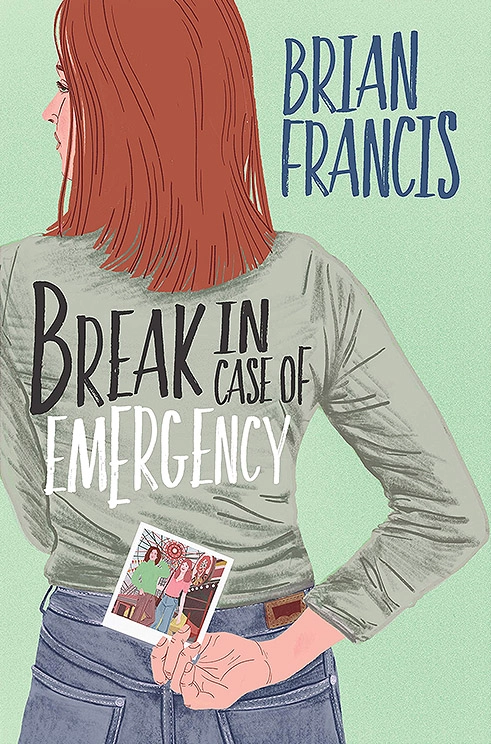
Break in Case of Emergency
By Brian Francis
(HarperCollins, 2019)
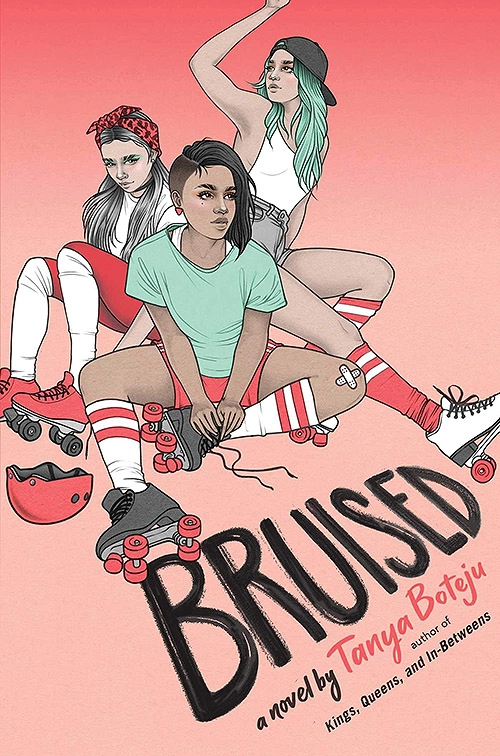
Bruised
By Tanya Boteju
(Simon & Schuster Books for Young Readers, 2021)
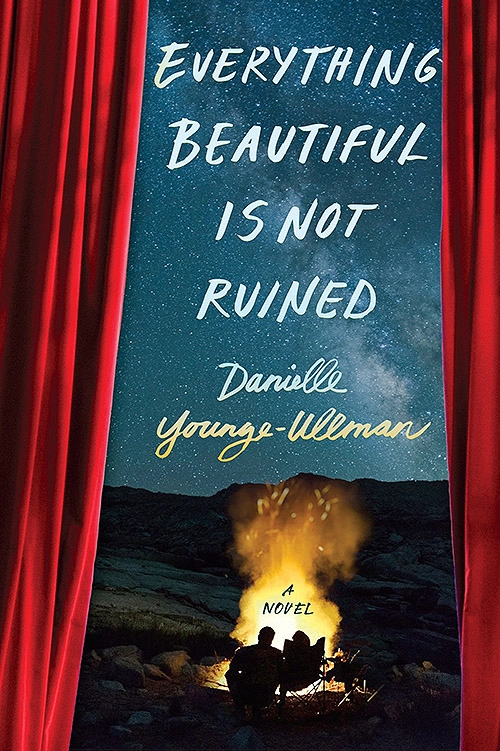
Everything Beautiful Is Not Ruined
By Danielle Younge-Ullman
(Penguin Canada, 2017)
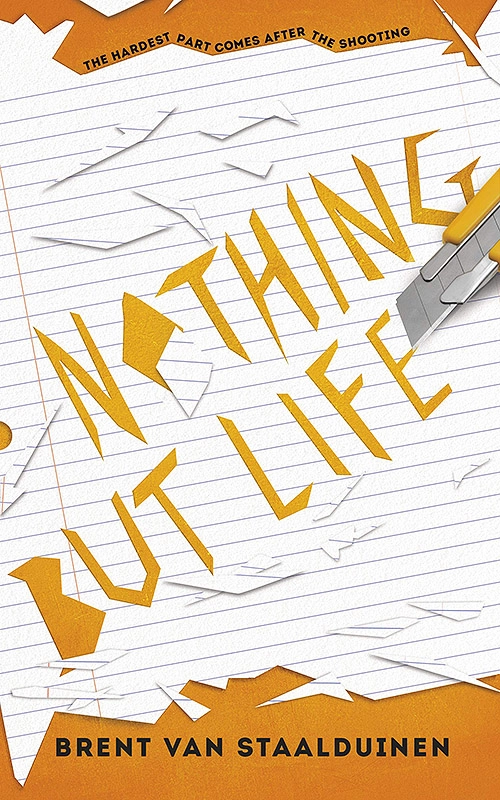
Nothing but Life
By Brent van Staalduinen
(Dundurn Press, 2021)
Minds On Provocation
Each student is provided with a blank copy of the Power Flower diagram. The teacher will lead a discussion about how a group of people who hold the most common demographic trait is often positioned in society to also have greater economic or influential status. Teachers will need to guide the discussion, asking, “Which demographic trait is the most dominant? Do you find yourself in this demographic category or outside of that category?” Students then colour the flower where they find themselves. By the end of the activity, the flower will reveal the intersections between traits and power.
This activity continues to evolve since its first creation by social justice circles and often leads to some very introspective examination by students. The previously linked Power Flower resource suggests some topics that explore intersectionality, but there are many more. Teachers might consider following up this activity with a Cultural Iceberg diagram which uncovers greater and less visible traits that can be examined.
Read, Plan, and Practice
In literature circle groups (where more than one student is reading the same book from the selection), students will divide their chosen books into five relatively equal parts. Students will have one prompt per part.
- Students will agree on a weekly timeline for reading each part.
- Each literature circle will discuss the prompts and find evidence in their reading to justify their response.
- Students will take note of differences in opinion and may use each other’s points in their next activity, as well as their own ideas.
Prompt 1: Identity
As I learn about others and the intersectionalities we possess, how might I also learn more about myself? Where might my intersectionalities lie?
Using your Power Flower, what intersections does your protagonist show in this section of your novel, and what intersections do you share? Is there evidence in your book so far that your main character is affected by their intersectionality?
Prompt 2: Skills
How might I describe or explain intersectionality as it relates to myself or those around me?
What evidence in your novel do you see where social structures—like policing, health, or education—are not meeting the needs of your intersectional character?
Prompt 3: Intellectualism
How can reading about the stories of others and their intersectionalities help us develop empathy and understanding of other people in our learning communities?
Now that you’re halfway through your novel, examine realizations that you’re experiencing about intersectionality through the lens of this character. Is your definition or appreciation of intersectionality changing?
Prompt 4: Criticality
How might asking questions about identity and intersectionality connect us to others? How might this learning be applied in our everyday interactions?
What has your novel shown you about inequalities? Consider where inequalities exist and why.
Prompt 5: Joy
How might we continue to celebrate our intersections and what makes us unique?
How was this protagonist’s journey comparable to your own so far? Were you satisfied with the ending of the book? Was this character’s experience enhanced or diminished by their intersectionality?
Make, Tinker, and Modify
Using a slideshow tool, students will build a presentation of three slides based on three identity aspects that they can compare between themselves and the main character of their chosen novel. (Here is one example for how this activity might be actualized.) For images to be used within the slide deck, direct learners to sites like Pixabay or Unsplash for copyright-friendly resources.
Taking the ideas they have built individually and modified after their group discussions, students will present their slideshows in small groups or record them for use on the class website.
Reflect and Connect
Have students write a 250-word response in paragraph format to the following questions:
- How was the literature circle experience challenging?
- How was the literature circle experience beneficial to:
- The process of reading?
- Your understanding of intersectionality?
Students can also write a final blog post that summarizes their key takeaways from this literature circle unit of study.
Additional Canadian Books to Support This Sub-Theme

Blood Like Magic
By Liselle Sambury
(Margaret K. McElderry Books, 2021)
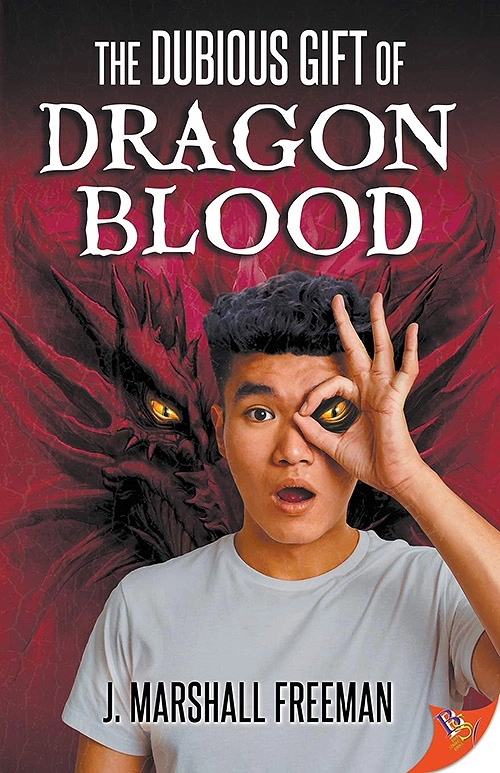
The Dubious Gift of Dragon Blood
By J. Marshall Freeman
(Bold Strokes Books, 2020)

The Forest of Stolen Girls
By June Hur
(Feiwel & Friends, 2021)
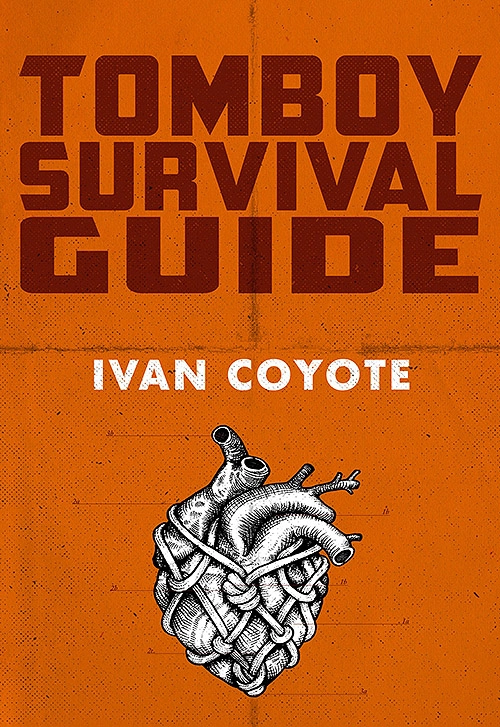
Tomboy Survival Guide
By Ivan Coyote
(Arsenal Pulp Press, 2016)
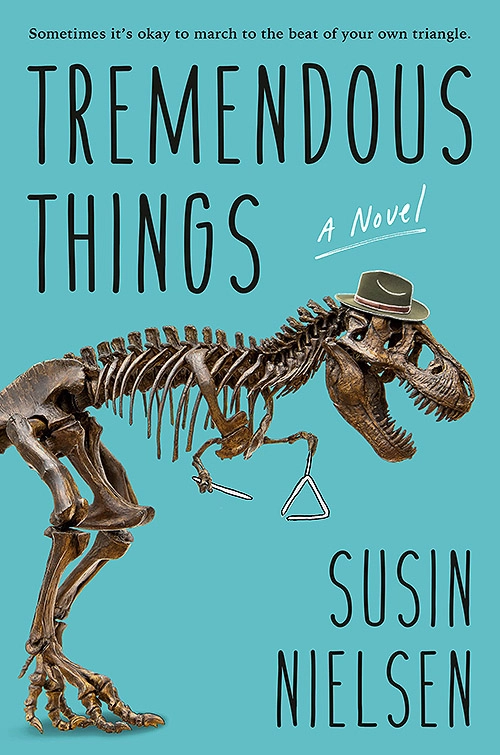
Tremendous Things
By Susin Nielsen
(Penguin Teen Canada, 2021)
*Also available in FR: Des choses formidables par Susin Nielsen (La courte échelle, 2021)
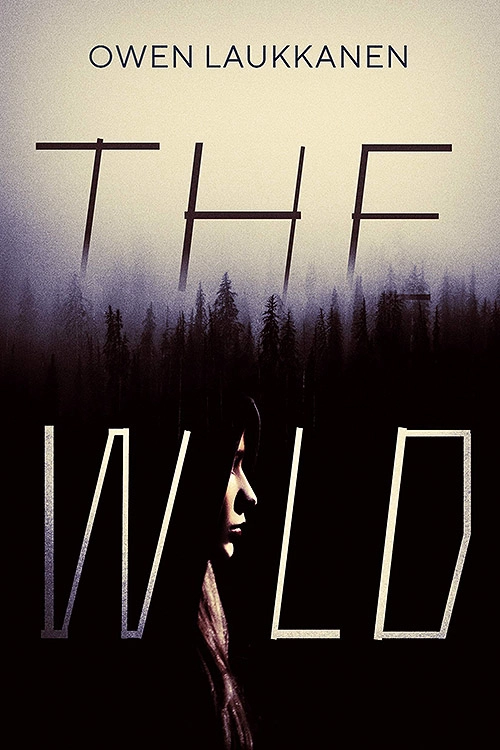
The Wild
By Owen Laukkanen
(Underlined, 2020)
*Also available in FR: Sauvage par Owen Laukkanen (Petit homme, 2021)
More Resources for All Grade Levels
- 5 tips for developing intersectionality practices in your classroom: An NWEA article that examines how intersectionality can play out in the classroom.
- Black and Queer in Ontario: This TVO episode looks at some of the challenges—and joys—of living at the intersection of being Black and queer in Ontario.
- Employable Me: This six-part documentary series by TVO features job-seekers determined to show that having a physical disability or neurological condition shouldn’t make them unemployable.
- Identity Puzzle: In this fun activity for students, each piece represents a part of who they are, and all the pieces fit together to show their whole unique selves! Create a gallery walk of the finished puzzles and note the wonderful similarities and differences between the students in your class.
- Intersectionality: A Learning for Justice resource that helps educators understand intersectionality and offers strategies for putting knowledge into practice.
- Seeing Queer Characters in Kid’s Media: In this TVO episode, experts discuss how seeing LGBTQ+ portrayals in fiction can help young people, both queer and straight.
- Stand Up Toronto: Over the course of this TVO documentary, the experiences of three comics from diverse cultural backgrounds are explored as they navigate the city’s standup circuit.
TEACH is the largest national education publication in Canada. We support good teachers and teaching and believe in innovation in education.




